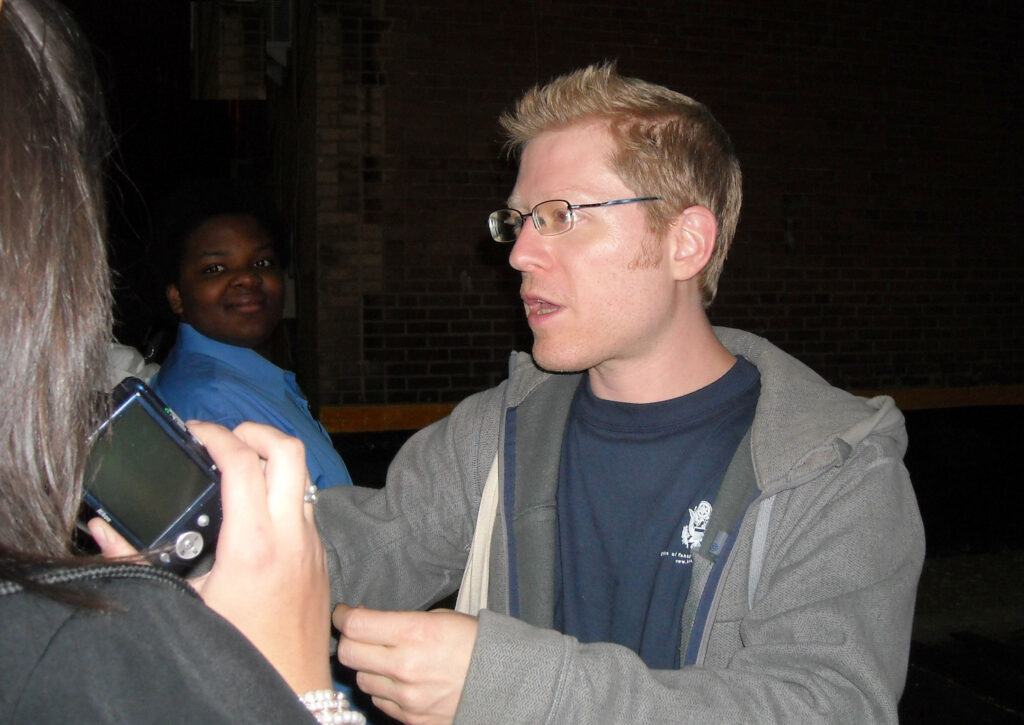Science fiction has offered viewers and readers glimpses of futuristic lifestyles since its inception. In recent years, LGBTQ+ characters in the realm of science fiction have demonstrated that social progression is within reach.
The most recent installment of “Star Trek,” “Star Trek: Discovery,” offers the first openly gay character in the show’s 51-year television history. The character, known as Lt. Staments, is played by Anthony Rapp and his performance is helping the show establish a storyline that’s new to the series.

(Wikimedia)
“I’m really excited and happy when a gay character is a part of a story, especially when a gay character is created in a complex and human and non-stereotypical, interesting way. That has certainly been the case with Stamets,” said Rapp in an interview with Entertainment Weekly. “You get to see his relationship … We actually get to see me with my partner in conversation, in our living quarters, you get to see our relationship over time, treated as any other relationship would be treated.”
Rapp’s performance isn’t the only recent sci-fi portrayal whose sexuality was fresh to a series.
In the most recent season of “Doctor Who,” The Doctor was joined by the first openly gay companion in the show’s history.
The companion, named Bill Potts, was played by Pearl Mackie. Although “Doctor Who” is the longest running sci-fi television show, and several characters have been members of the LGBTQ+ community, an openly gay companion has never been featured.

“For me, I think representation is really important,” said Mackie in an interview with Vanity Fair. “You know, it’s 2017, so it’s about time for a gay main companion, really. I imagine that for the young gay and the older gay community, that it is important to see someone in a mainstream show that is gay.”
Other sci-fi shows in the past ten years have portrayed LGBTQ+ characters whose perspective to sexuality drove the storyline dramatically. These shows include “The Walking Dead,” “American Horror Story,” “Torchwood,” “Stargate,” “Farscape,” “Buffy the Vampire Slayer” and “Battlestar Galactica.”
What does this emphasis on LGBTQ+ characters in the realm of science fiction mean? It demonstrates progression in a setting that welcomes it.
Depending on what social atmosphere a story is released in, the openness of a character’s sexuality can be received with praise.
For example, when “The Rocky Horror Picture Show” was released in 1975, critics such as Roger Ebert were somewhat confused by the film’s overtones of different sexualities. However, Ebert’s review of the film embraced the movie’s themes and suggested that potential viewers check out the neo-Frankenstein story.
Whether viewers agree with showrunners about having LGBTQ+ characters or not, science fiction is meant to display futuristic situations that can include social and political commentary on modern society.
Robert Kirkman, creator of “The Walking Dead,” answered fan questions concerning the sexuality of several characters within “The Walking Dead” comic book.
He said, “In my opinion there should be more awesome gay people in fiction because there are plenty of awesome gay people in real life.”













